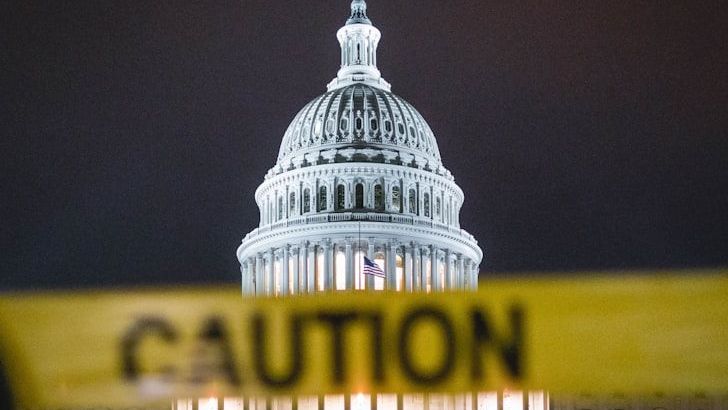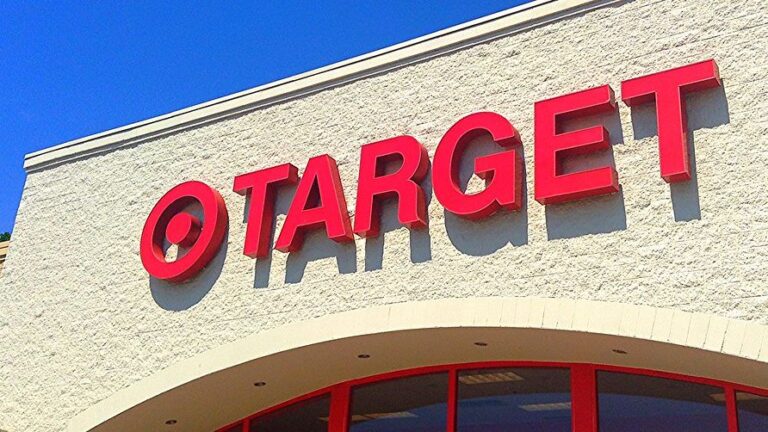Top 10 Restaurant Scams Revealed By Insiders
The Double-Charge Deception
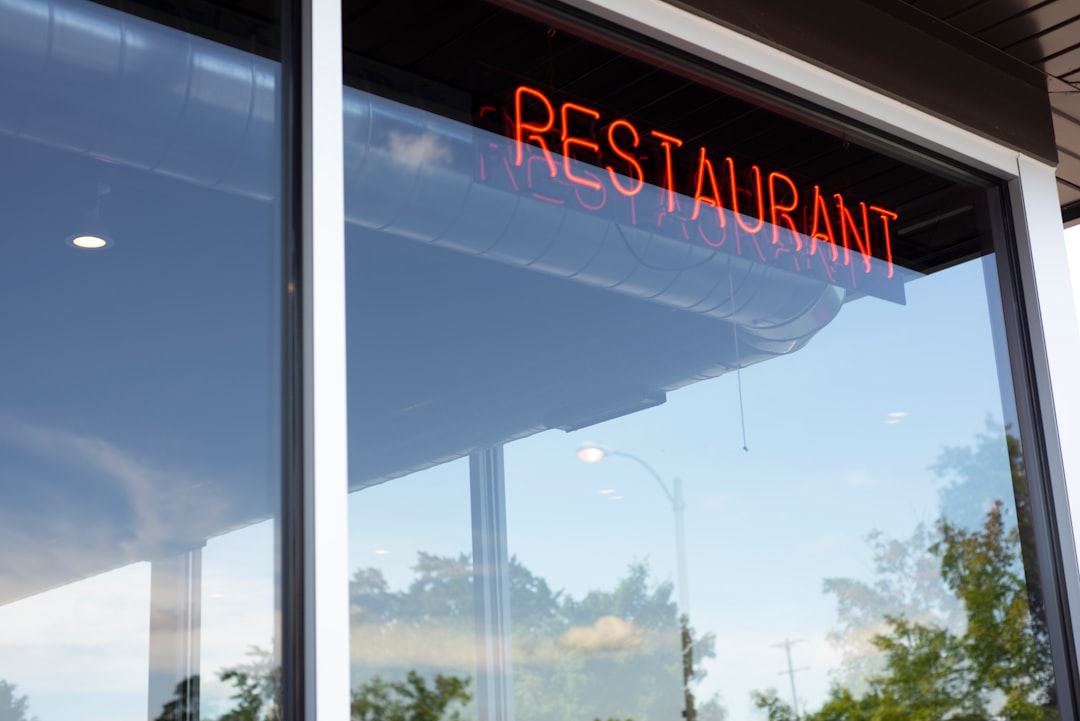
Your evening out turns into a nightmare when you realize you’ve been charged twice for the same meal. While it may likely be an honest mistake, some restaurants intentionally try to overcharge guests for the food that they eat. Those who won’t look at their receipt will fall victim to this scam. You might see that your server charged you two for one meal you bought, or they may add a meal you didn’t order if you avail a lot from the menu. This happens more often than you’d think, especially when customers order multiple items or when the restaurant is busy. Restaurant insiders know that most diners simply glance at the total without scrutinizing each line item, making this scam particularly effective. Always double-check your bill before payment.
The Hidden Add-On Trap

When ordering a specific menu item, your server might suggest a dip without saying it’s an add-on, so you would have to pay for it. This comes as a hidden charge that you will see on your bill. You must always ask your server if it comes free with the menu item because technically, they asked you about the add-on, and you said yes. Servers are often trained to suggest sides, sauces, and extras in a way that makes them sound like natural accompaniments to your dish. They’ll casually mention “Would you like our garlic aioli with that?” without clarifying it’s an extra charge. The language is deliberately ambiguous, and by the time you see the bill, you’ve already consumed the item.
This practice has become so widespread that some establishments build their profit margins around these micro-charges. A simple sauce can add three to five dollars to your bill, and when multiplied across hundreds of daily customers, it becomes a significant revenue stream.
The Gratuity Manipulation Game
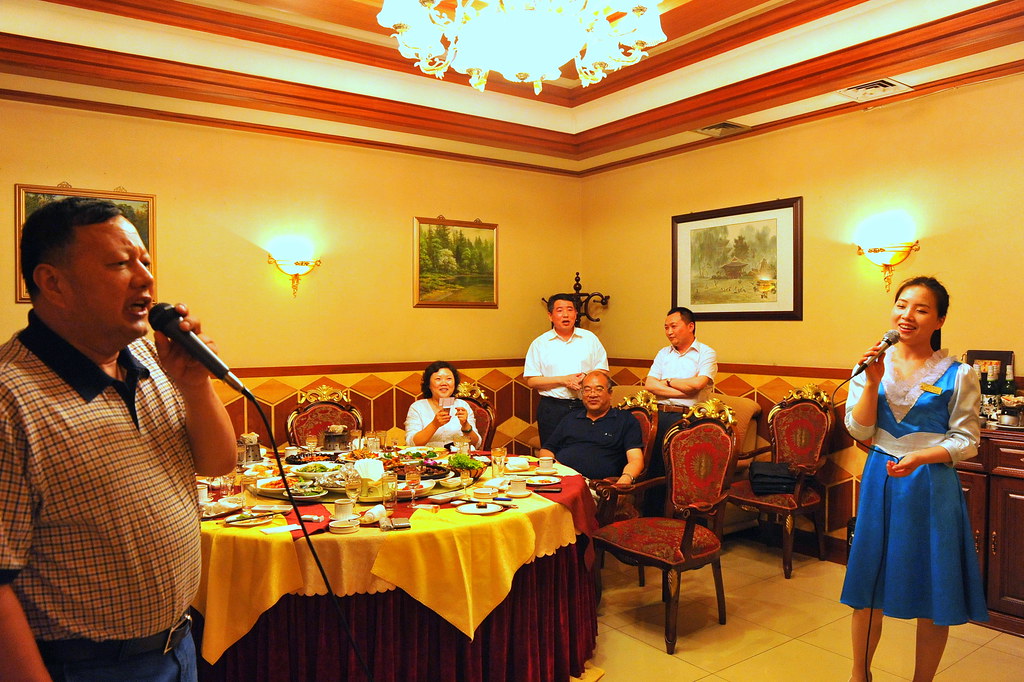
Many restaurants now include an Automatic Gratuity, but some restaurants manipulate them by calculating through the post-tax total rather than the pre-tax amount to inflate the tip. Another is by adding gratuity to large parties without informing the customer. You should always check the bill and calculate it yourself. What makes this particularly sneaky is that restaurants will present tip suggestions based on the after-tax amount, which can increase your tip by roughly eight to ten percent more than necessary. When they show you what to tip by percentage, make sure the calculations are based on the food and beverage only and doesn’t include the tax. That is a sneaky way they get you to give a larger tip, but I try to not fall for that.
Another thing some restaurants and hotel room services do is automatically charge a tip and then offer another line to tip, making you think the tip wasn’t included. If you don’t look at the bill closely, as many diners don’t, you would miss this and tip again. This double-tipping scam has caught countless unsuspecting customers who end up paying twenty-five to thirty percent on top of their meal cost.
The Ice Illusion Scam

You might notice that the glass is packed with ice when ordering drinks. Many restaurants intentionally fill your glass with excessive ice to make it appear full. With this, ask for less ice or maybe no ice at all if the establishment allows it. This might seem like a minor annoyance, but restaurant insiders admit it’s a deliberate cost-cutting measure. A glass that’s two-thirds ice and one-third beverage allows restaurants to serve significantly less product while maintaining the same price point. We’ve seen ridiculous lawsuits of the ice trick where customers sue restaurants for this. While we may have a good laugh at such lawsuits, it could be really frustrating at times.
The psychology behind this scam is simple – customers associate a full glass with getting their money’s worth, regardless of the actual liquid content. Some chain restaurants have internal policies requiring servers to fill glasses with specific ice-to-beverage ratios that maximize profit margins while maintaining the appearance of generous portions.
The Gift Card Trap
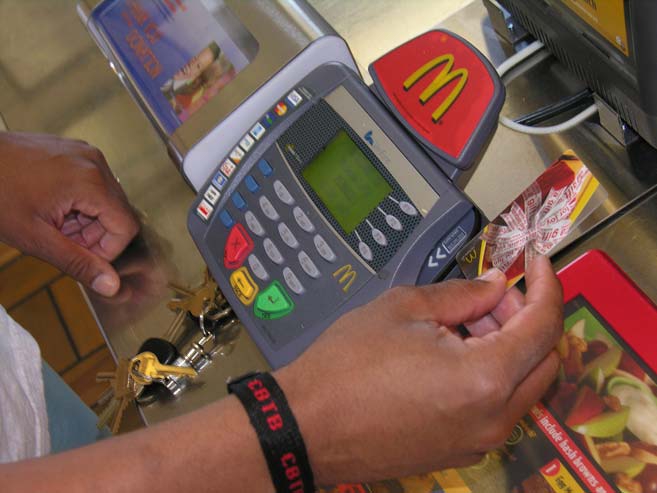
This is one of the most common tactics by restaurants. Did you know that approximately $3 billion worth of gift cards go unused yearly, according to recent industry data? If you think about it, you paid the restaurant money, but your friend didn’t get to use theirs. It’s just like paying for the restaurant and getting nothing in return. Restaurant chains love gift card sales because they represent immediate cash flow without any corresponding inventory costs. Many gift cards expire or get lost, creating pure profit for the establishment.
Instead of gift certificates, why not take them to dinner at the restaurant? Or maybe you could reserve a table for them and pay in advance with your credit card. Industry insiders reveal that restaurants often implement restrictive policies around gift card usage, such as blackout dates during peak seasons or requirements that the full amount must be used in a single visit, making it difficult for customers to extract full value from their purchase.
The Fake Health Inspector Extortion

In this scenario, someone posing as a health inspector visits the restaurant and demands an immediate payment of a “fine” to avoid penalties. These scammers take advantage of restaurant owners’ fear of regulatory issues, tricking them into paying money on the spot. This scam has become increasingly sophisticated, with fraudsters carrying fake identification and official-looking documentation. A real health inspector should have official identification and documentation to show who they are and what their jurisdiction is, and the restaurant should ask for that proof. And “under no circumstances” should an inspector request or take money as part of the inspection. So if someone claiming to be a health official seems to be more interested in cleaning out the safe than making sure the restaurant is clean, there’s a good chance that this is a scammer.
Health officials in North Carolina say a fake health inspector is making the rounds at restaurants to gain access to kitchens. North Carolina health officials warn restaurants about a fake inspector filming mock inspections for social media. These modern variations often involve social media schemes where fake inspectors create viral content at the expense of unsuspecting restaurant owners.
The QR Code Menu Manipulation
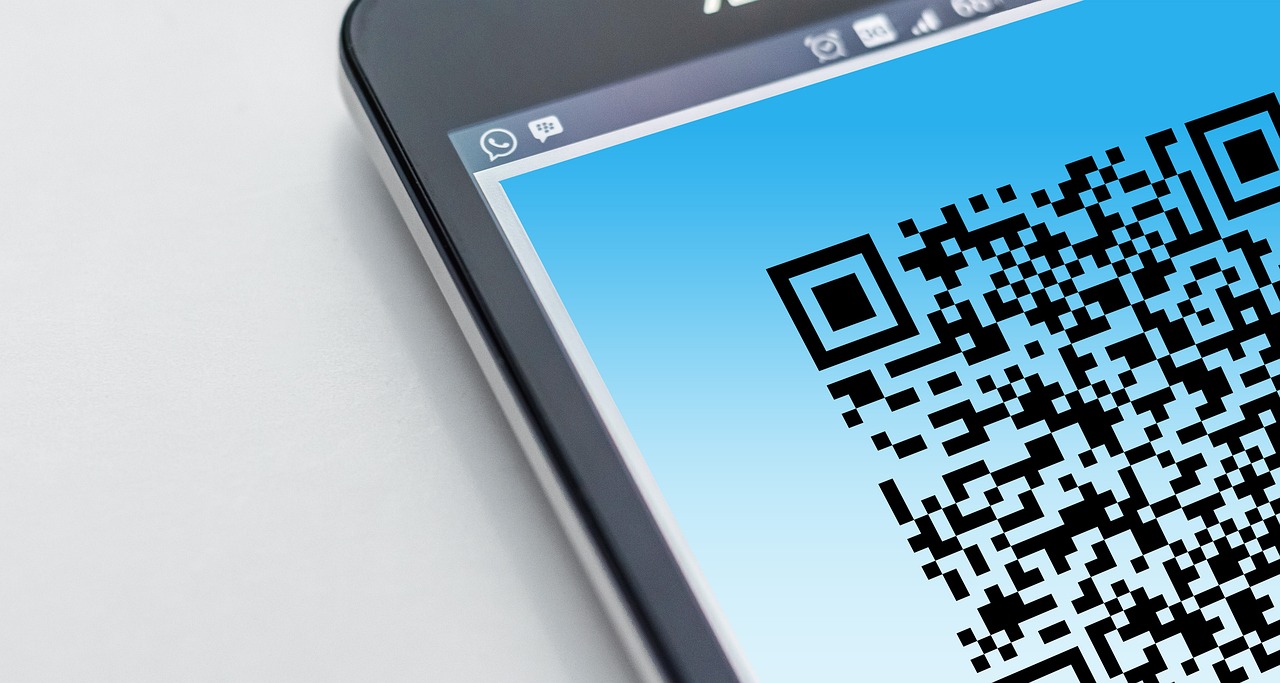
QR codes, which rose to prominence in restaurants during the pandemic years of 2020–2021, have since proven vulnerable to cyber-attacks. Scammers learned to exploit diners’ comfort with digital menus by placing fake QR codes over legitimate ones. Because the codes appear as meaningless patterns, fraudulent versions often went unnoticed. Many people scanned them without hesitation, assuming they were accessing a menu from a trusted business. In reality, some of these malicious codes redirected users to phishing sites that stole payment information or even installed malware on their devices.
Many phones now show a link preview from a QR code before taking you to the website. Look carefully at this link to make sure it matches what you’d expect. If you’re trying to donate to a charity, for example, you should expect the QR code to go to that charity’s official website. If you aren’t sure what the official website is, do not use the QR code and go to the website manually.
The Credit Card Skimming Operation
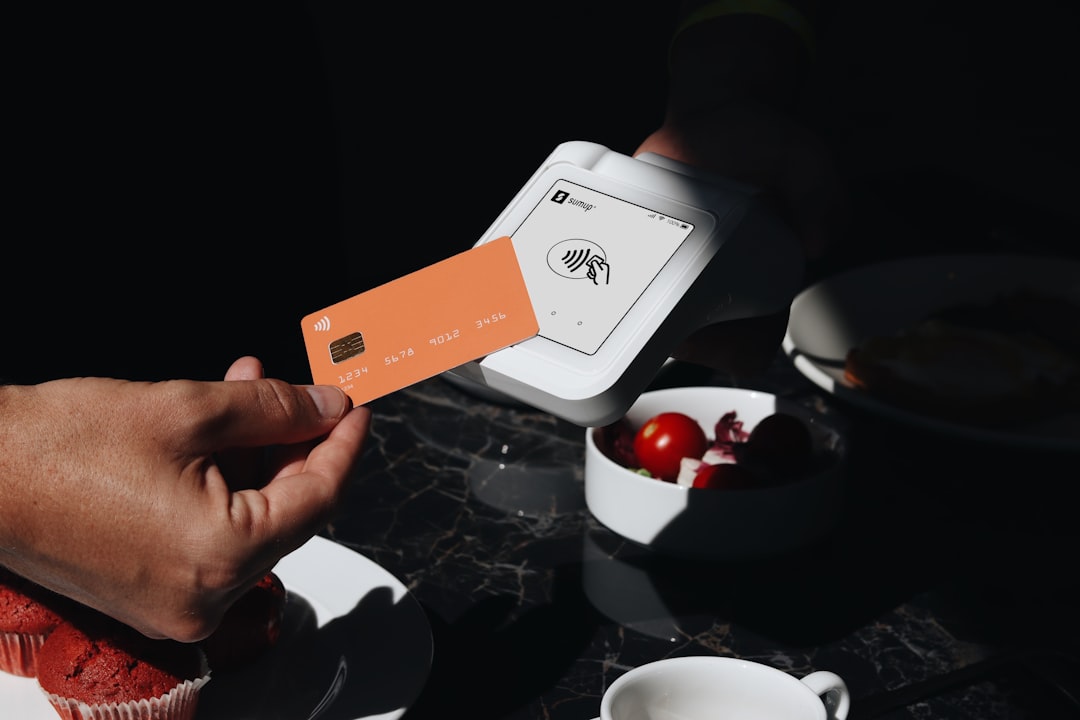
Card fraud is pervasive and costly. In 2024, 65% of credit cardholders have experienced fraud at some point, with an average fraudulent transaction of $79. Card issuers blocked 48% percent of the consumers’ fraudulent transactions, while 45% received a refund or reversed charges. Restaurant employees with access to your payment cards can easily install skimming devices on card readers or use handheld skimmers during payment processing. These devices capture your card’s magnetic stripe information, which can then be used to create duplicate cards.
The most sophisticated operations involve servers who use handheld skimming devices while appearing to process your payment normally. Account takeover fraud in quick service restaurants occurs when cybercriminals gain unauthorized access to customer accounts and steal payment information, loyalty rewards and gift card balances. Last year, credential reuse and gaps in mobile ordering fueled a 72% year-over-year ATO increase in QSRs. Mobile ordering apps have become particularly vulnerable, with hackers targeting stored payment methods and loyalty point balances.
The Fake Reservation Scam

Fraudsters may make large, fake reservations, leading to prepared food and reserved space, resulting in lost revenue when the party doesn’t show up. This scam wastes food and resources and prevents legitimate customers from making reservations. Competitors or disgruntled individuals sometimes orchestrate these fake reservations to damage a restaurant’s reputation and profitability. During peak dining times like Valentine’s Day or New Year’s Eve, a single fake reservation for twenty people can cost restaurants thousands of dollars in lost revenue and wasted preparation.
Some fraudsters take this further by calling multiple restaurants in the same area with identical fake reservations, ensuring maximum disruption across the local dining scene. The psychological impact on restaurant staff who prepare elaborate setups for parties that never arrive creates additional operational stress and can affect service quality for legitimate customers.
The Anchoring Price Deception

Another sneaky hack to get customers to rack up a hefty bill is by setting an extremely high price point for one item so that everything else in comparison seems cheaper. “It’s called anchoring, and it’s incredibly effective,” Harrington said. Menu designers strategically place one absurdly expensive item – like a $85 steak or $200 seafood platter – near the items they actually want to sell. When customers see a $30 pasta dish next to the $85 steak, the pasta suddenly feels like a reasonable choice, even though it might be overpriced compared to similar restaurants.
“Have you ever read a menu and thought to yourself, ‘Wow, that sounds delicious?’ There’s a reason for that, too. “The more descriptive the name, the more value people assign to it,” said Harrington. “A carefully worded description can load almost any dish with an emotional resonance that is hard to resist,” as explained by global restaurant consultant company Aaron Allen & Associates. This psychological manipulation extends beyond pricing to menu descriptions that make ordinary dishes sound gourmet, justifying premium prices for standard ingredients.
The restaurant industry’s dark secrets run deeper than most customers realize. Industry surveys suggest restaurant losses due to fraud average around 5% of revenues annually. While some practices might seem like minor inconveniences, they collectively cost consumers millions of dollars each year. The next time you dine out, remember that knowledge is your best defense against these insider tricks. Did you expect the manipulation to be this systematic?
Conclusion

Dining out should be about enjoyment, not deception. But as insiders reveal, restaurant-scam tactics – from hidden-charge traps to credit card skimming – can quietly drive up your bill and even steal your data. Staying alert, reviewing your bill line-by-line, and thinking twice before scanning a QR code or accepting “extras” can help you avoid paying the hidden price of a night out.
What Former Restaurant Staff Are Saying
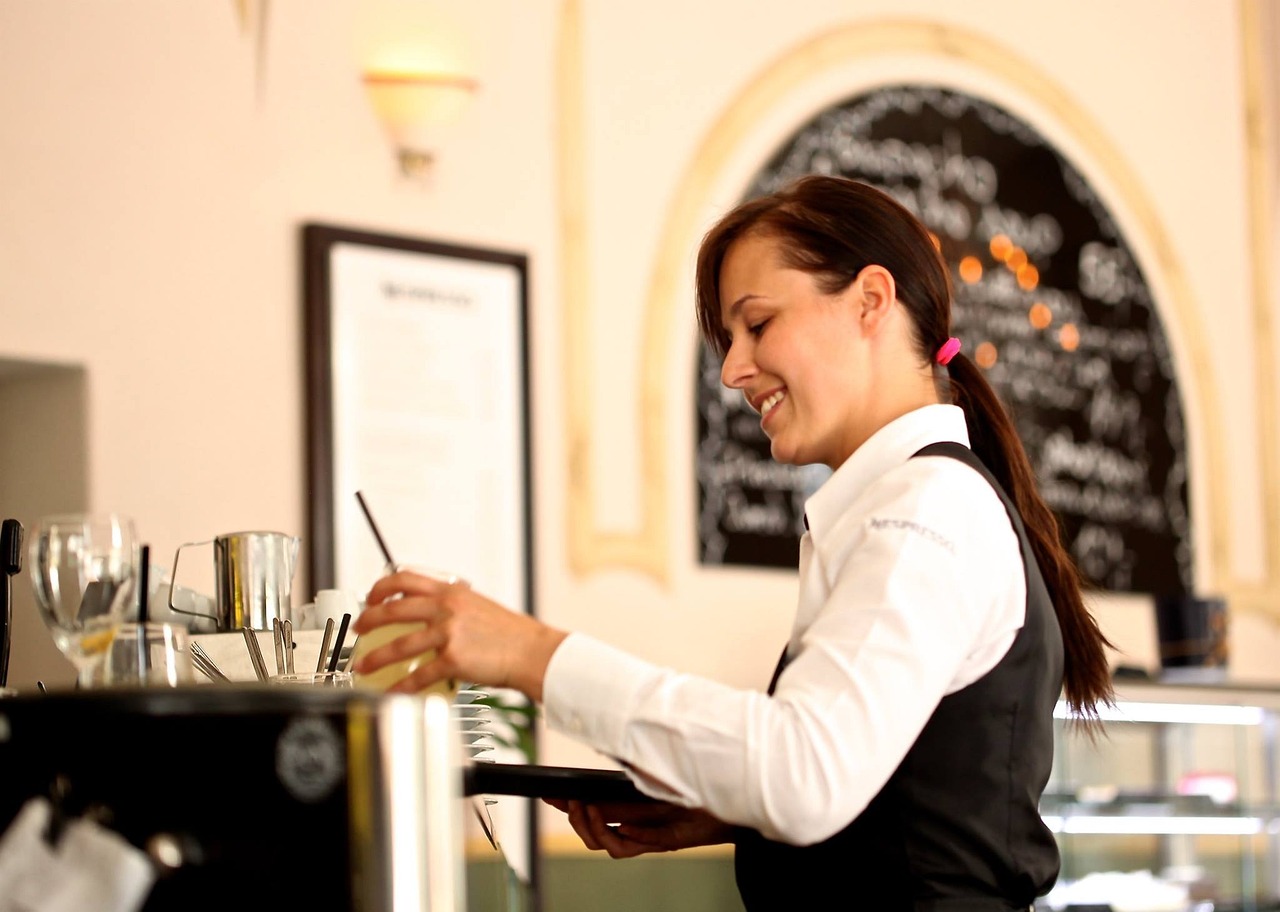
The shocking truth? Many of these scams aren’t just happening – they’re being openly discussed in restaurant industry forums and social media groups. Former servers, managers, and even owners are spilling the beans about practices they witnessed firsthand. One ex-manager from a popular chain restaurant recently admitted on Reddit that they were trained to push expensive wine pairings on customers who seemed unfamiliar with prices, knowing most people wouldn’t question a “sommelier’s recommendation.” Another whistleblower revealed that some establishments actually coach staff on how to make change incorrectly when customers pay cash, banking on the fact that most diners won’t count their money at the table. What’s really eye-opening is how normalized these tactics have become – many workers don’t even realize they’re participating in scams until they leave the industry. The good news? This growing awareness means more insiders are speaking out, giving us the inside scoop we need to protect ourselves.
How Restaurant Owners Justify These Practices
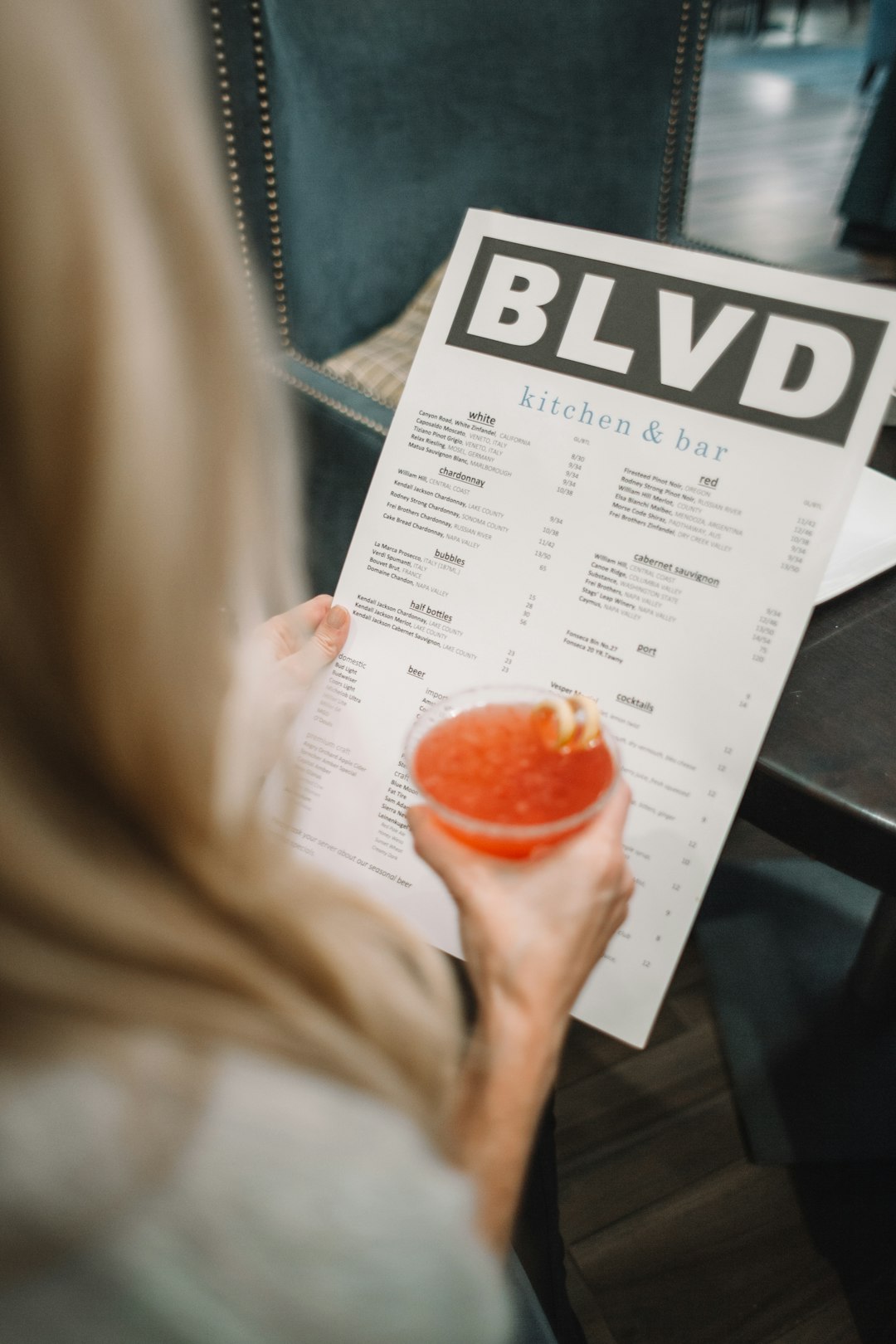
Here’s where things get complicated – when confronted, many restaurant owners actually defend these questionable tactics as necessary for survival. They’ll tell you about razor-thin profit margins, rising food costs, and impossible labor expenses that supposedly force them into these gray areas. One restaurateur I spoke with claimed that slightly inflating portion sizes on menus or using creative language around pricing isn’t deception – it’s just marketing, no different from what retail stores do. Others argue that customers who don’t read the fine print or check their bills carefully are essentially giving permission to be overcharged. The most disturbing justification? Some owners genuinely believe that if a customer doesn’t notice or complain, then no real harm was done. This mentality creates a dangerous culture where scamming becomes normalized as just another business strategy. But let’s be clear – legitimate restaurants facing financial pressure don’t resort to tricks and traps. They raise prices transparently, improve efficiency, or find creative ways to add value. The ones hiding behind excuses are simply choosing the easy, dishonest path over building real customer loyalty.



